“What’s for dinner?” is a common household question, but often not a welcome one. Especially if it’s late and you haven’t had a chance to even think about it. Now everyone is starving and impatient. Fortunately, dinner can come in the form of a can. There are many types of canned foods nowadays, including snacks, ready-made ingredients, and even complete meals. These items can be a convenient, more cost-effective way to add variety and nutrients to your diet. However, some products are better than others. While experimenting with canned cuisine, here are the unhealthiest foods you should leave in the grocery aisle.
Canned fruit in syrup
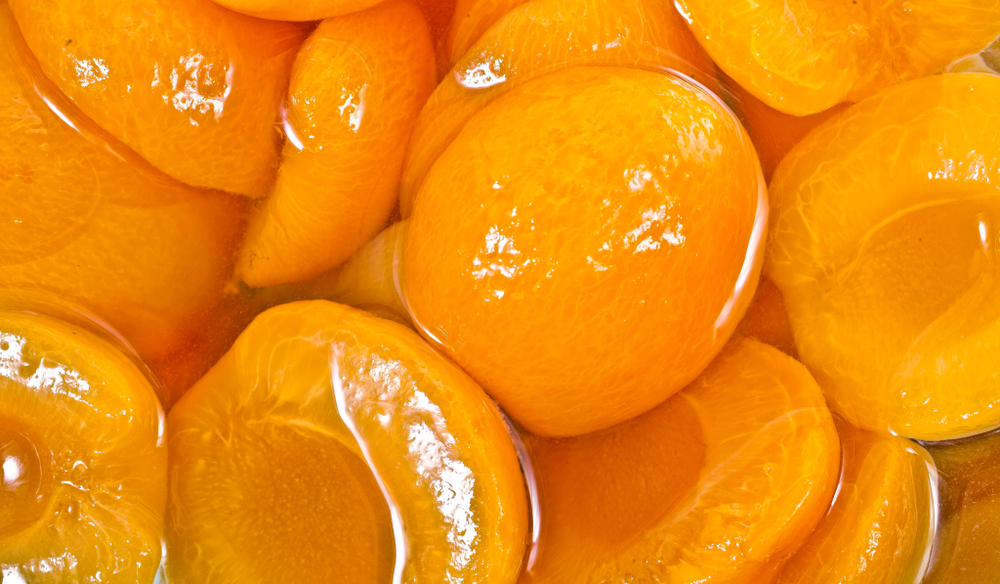
Fruit is usually a very healthy choice, but beware of canned versions of peaches and fruit medleys. They tend to include high amounts of sugar, including refined corn syrup. To make matters worse, the process of canning reduces the amount of nutrients, such as vitamin C and most vitamin Bs. This makes canned fruit more of a dessert than a healthful snack. Instead, look for ones packed in 100% juice.
Canned soup
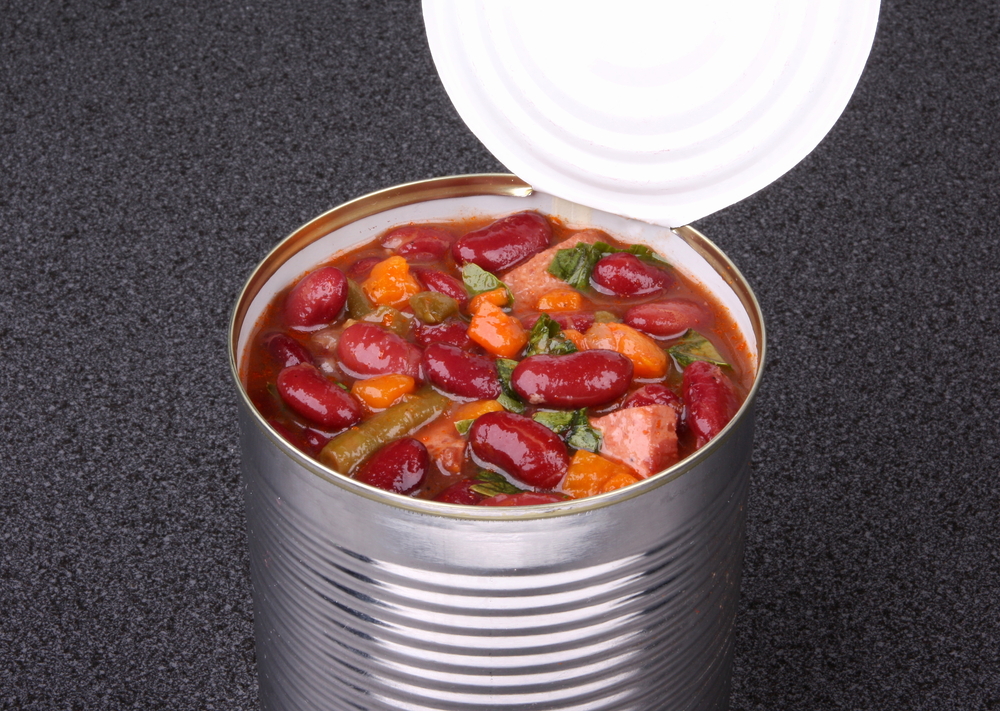
Most soups are packed with healthy ingredients like beans and vegetables; plus they are a hydrating food. However, the benefits are negated in canned versions because of the high salt content. “A no no for me is canned soups,” says registered dietitian Jen Hernandez. “Not only are they often more than a day’s worth of sodium, they just don’t taste as good as homemade!” The good news is that many companies make options lower in sodium, so look out for those instead.
Canned pre-cooked pasta
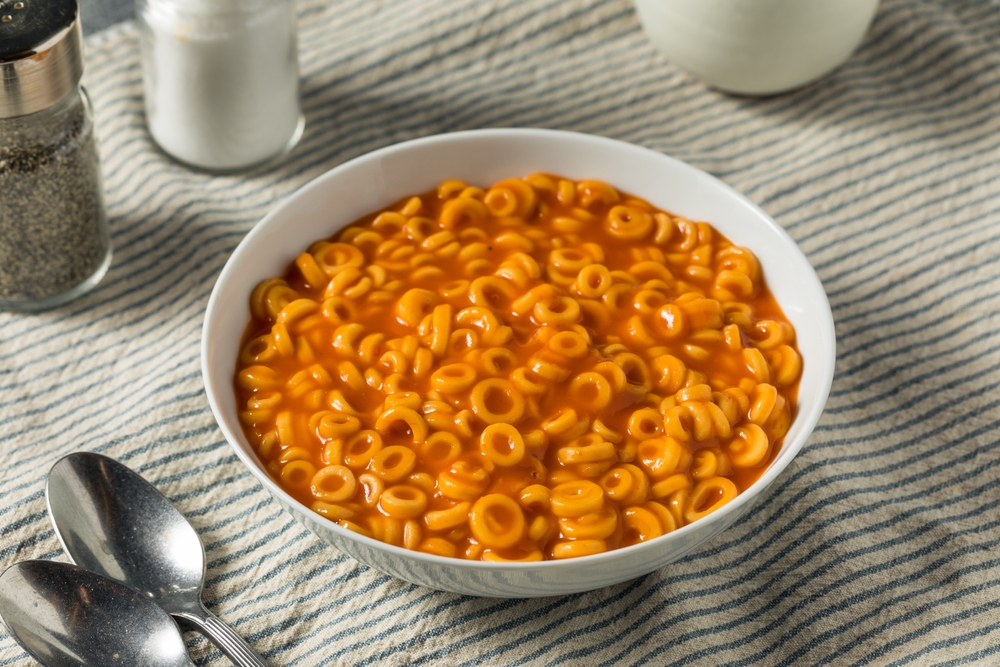
It’s incredibly convenient to have a ready-made, last-minute dinner. Plus, they’re often delicious and addictive, but that’s due to the high amount of sugar and salt. For instance, one can of Heinz Alphaghetti has 18 mg of sugar (18% of the daily recommended intake) and 1,490 mg of sodium (65% of the daily recommended intake.) These pastas are typically deficient in any kind of nutrients. For that reason, it’s better to make your own pasta and sauce, which you can make in bulk and freeze for last-minute meals.
Canned baked beans
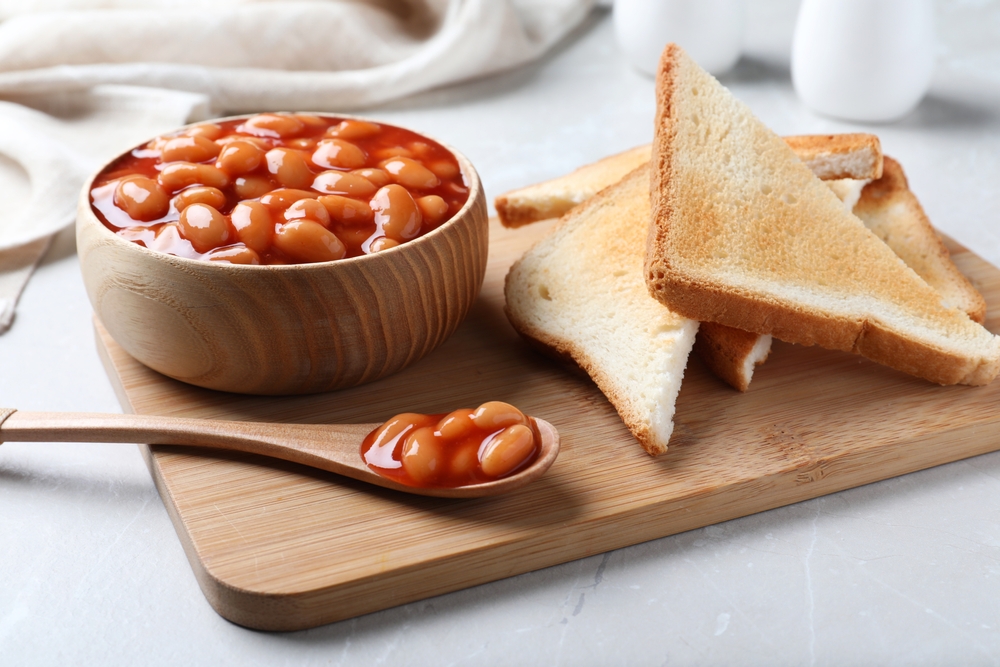
Don’t mistake canned beans for canned baked beans. Canned beans are a good source of vitamins, minerals, and protein, and they allow you to skip the soaking and pre-cooking of dried beans. Plus, you can eliminate some of the sodium by rinsing out the liquid. However, canned baked beans are swimming in a sweet syrup you’re meant to eat. While it may be delicious on toast, they are high in sodium and sugar.
Read More: Cafeteria Worker Fired for Raising Funds to Cover Students’ Lunch Costs
Canned chicken

The process of canning chicken, such as the kind in canned chicken noodle soup, alters what would normally be a nutritious food. “Chicken is such a great source of protein and so versatile for meals, but if you buy canned chicken, know that while it is still a great source of protein, the canning makes it very high in sodium,” says Jennifer Ernst, clinical nutritionist, to Eat This. “Canned chicken also contains sodium phosphates, which is generally considered safe in small quantities. However, regular consumption or a larger quantity can cause bloating, diarrhea, and other GI upset.”
Spam and canned meat
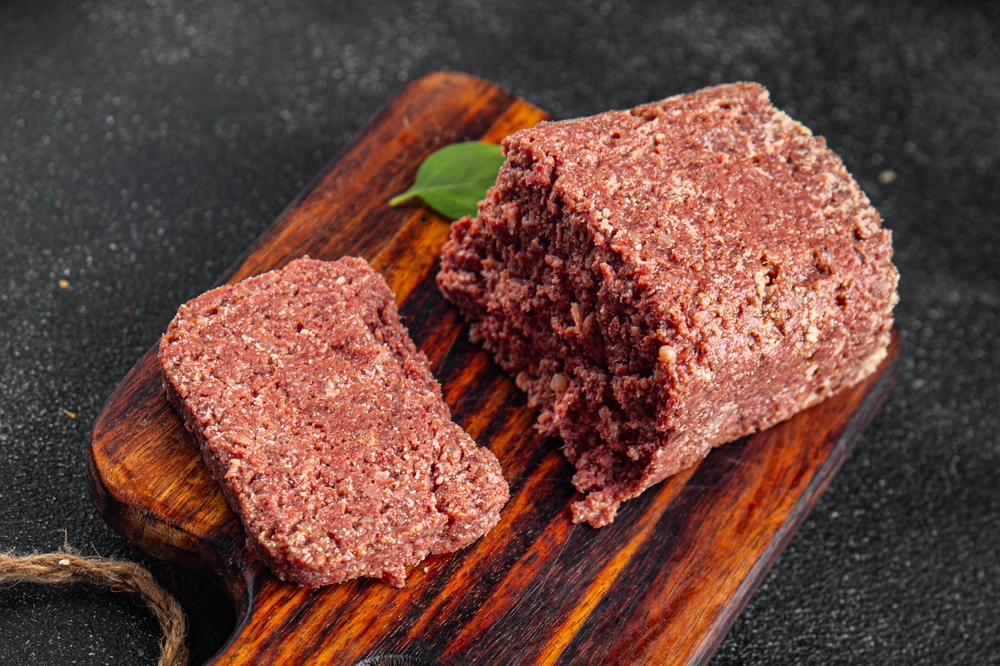
In addition to elevated sodium content, spam and other forms of canned meat come with another one of the most unhealthiest food additives: nitrates. This compound occurs naturally in plant foods, but it’s also used as a preservative or to improve the appearance of a food. Unfortunately, nitrates have the potential to form nutrosamines, which can increase the risk of cancer. “Research shows that the source of the nitrates matters,” says registered dietitian Devon Peart, RD, MHSc to Cleveland Clinic. “Eating too many processed meats containing added nitrates and nitrites is associated with an increased risk of cancer,” but fruits and vegetables with nitrates don’t have the same association.
Canned goods: Good or bad?
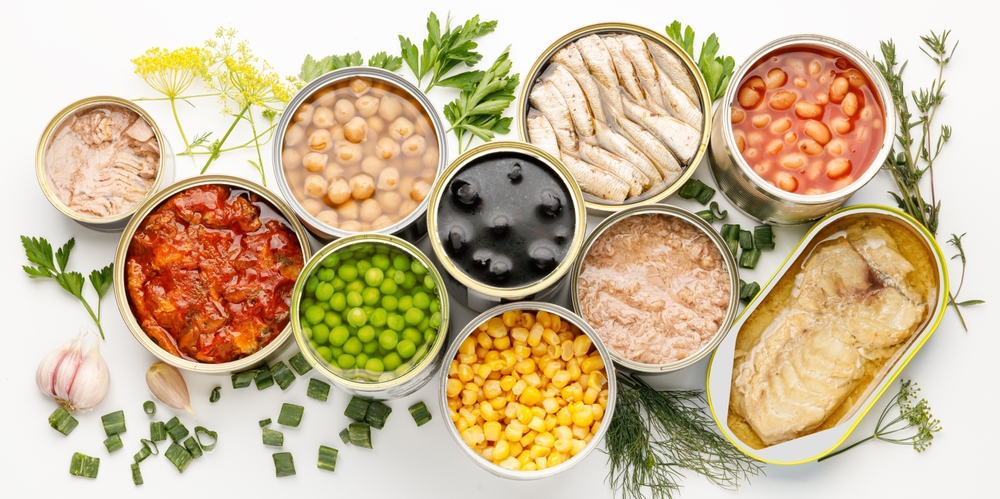
Bear in mind, canned food in general isn’t the unhealthiest; in fact, it can be quite the opposite. “People should treat canned foods as they would any kind of food,” says Asher Adelman, nutritional therapy practitioner, to CNET. In other words, check the label ingredients and health information. Look for cans that say “salt-free,” “free of sodium,” and the like. Second best are “low in salt” or “low sodium.” (Double check the content of packages that say “reduced” or “lower” salt or sodium or “no added” salt, since the product may still be high in sodium.) Follow the same logic when checking sugar content. Compare brands to see which foods retained their nutrients. Additionally, avoid cans that contain BPA (bisphenol-A).
Rinse first
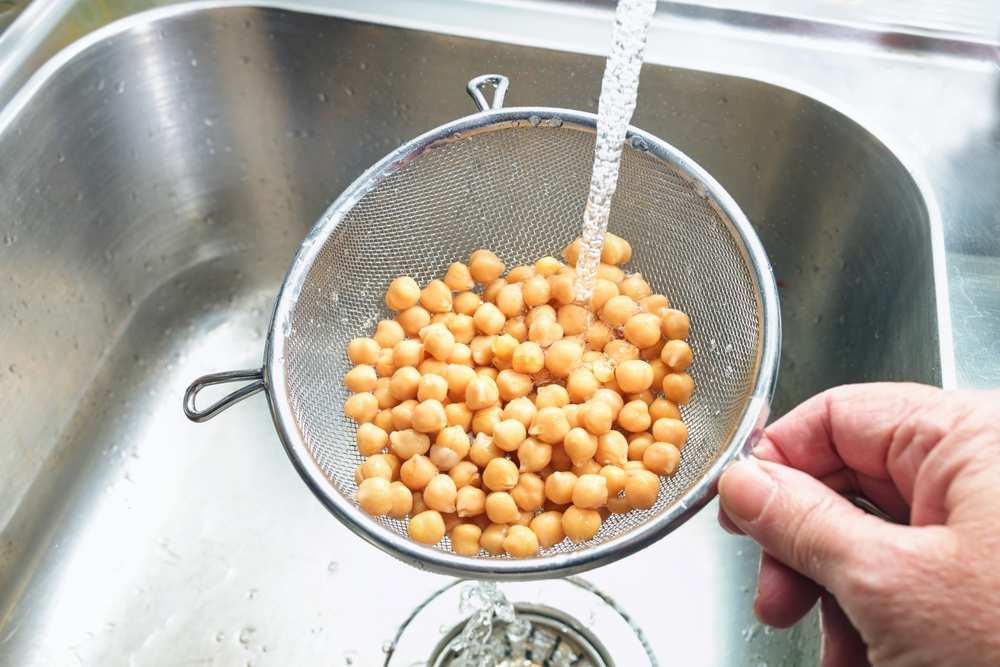
Keep in mind, you can reduce the sodium content by rinsing the food under cool water before consuming. So if you can’t find no-sodium canned beans or the like, you can rinse them to remove a large portion of the salt content. (Unfortunately, this tip doesn’t work for items like tomato sauce, so ensure those are already low in sodium and sugar.) If you see a can with bulges, cracks, dents, or old expiration dates, throw them out.
Healthy canned food options
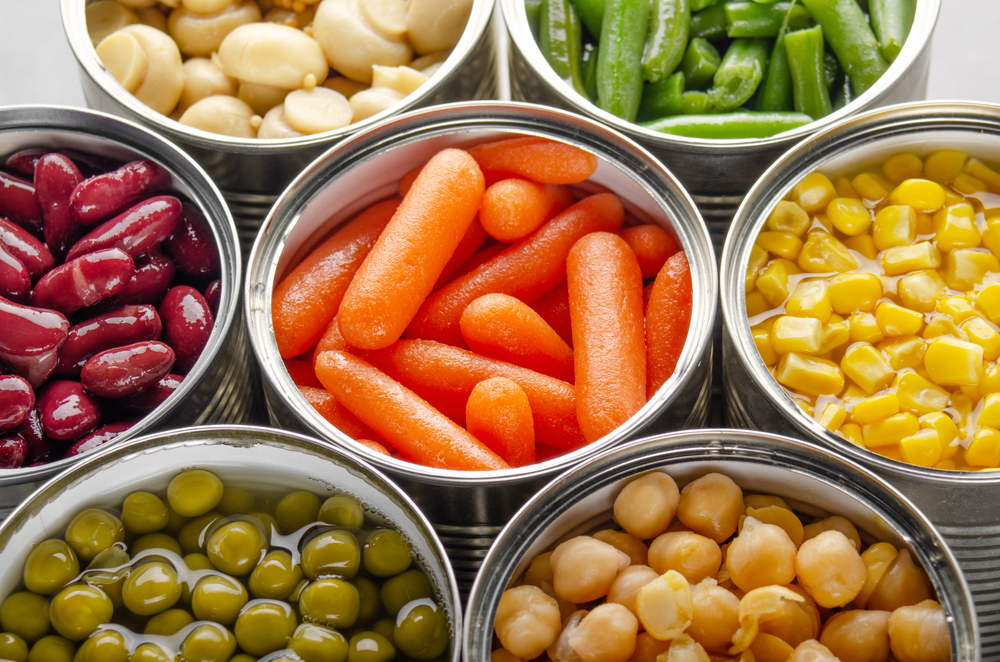
- Artichoke hearts (very high in fiber)
- Canned beans (high in fiber, protein, calcium, potassium, and more)
- Canned lentils (plant-based protein and fiber)
- Canned pineapple (good source of vitamin C for when the fresh version is out of season but avoid ones with sugary syrup)
- Canned pumpkin (rich in vitamin A, and works in recipes like soups and baked goods)
- Canned salmon and tuna (high in protein and omega-3 fatty acids)
- Canned diced tomatoes (low in calories, provides heart-healthy antioxidants, can be added to many dishes)
Read More: Mom Sends Son To School With This Lunch And 3 Mini Cookies Get Sent Home For Being “Unhealthy”

